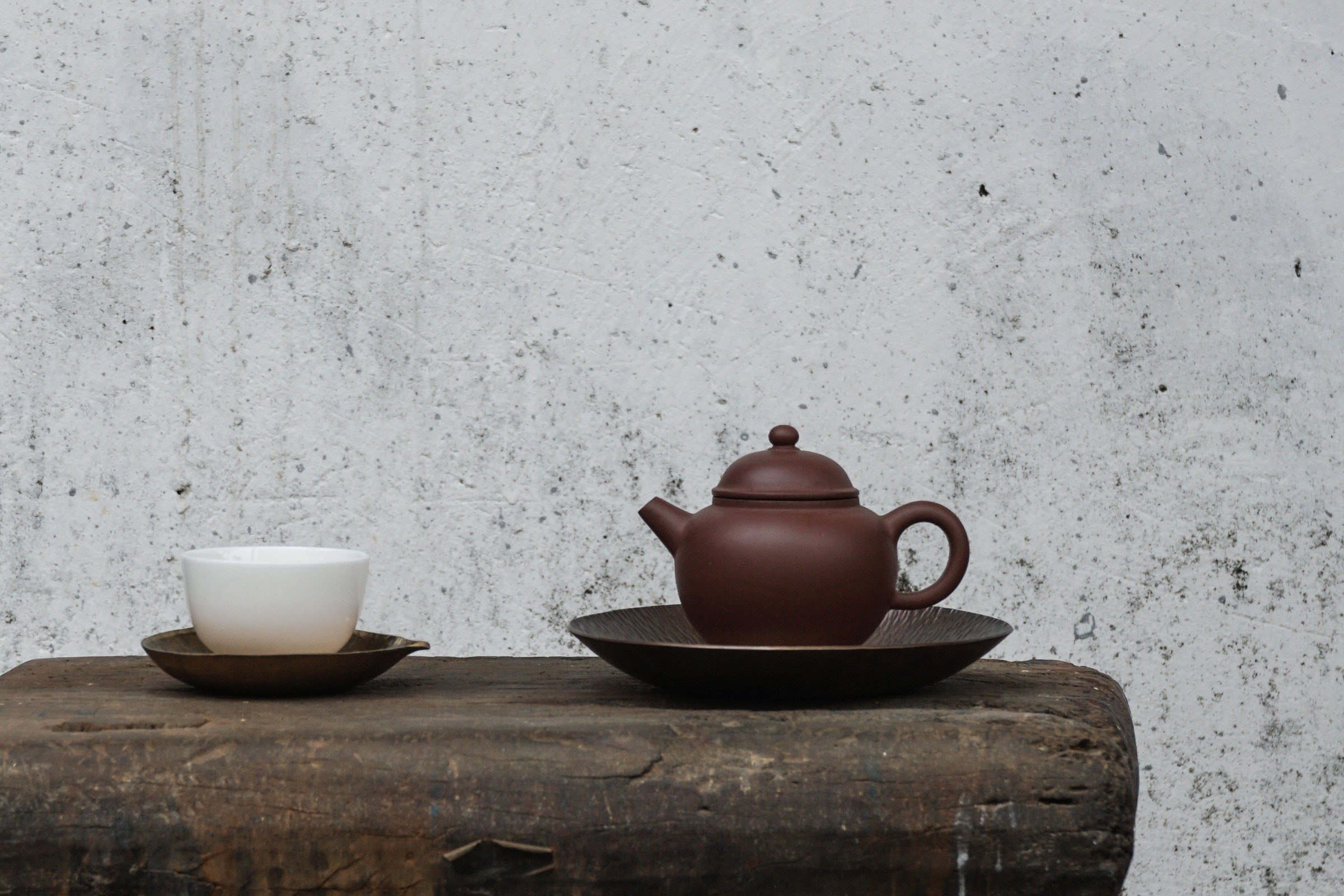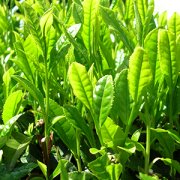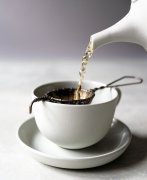What teapot should be used to brew black tea? Yixing purple sand teapot craftsman list query
Yixing teapot is simple, but also very practical. In China centuries ago, they were first developed as a substitute for exquisite and ornate porcelain teapots. Today, these clay teapots are favorite tools for tea lovers.
Yixing teapot has a porous clay structure and absorbs natural oil in tea. This means that over time, these teapots gradually absorb the taste and hue of brewing tea.
Yixing teapot symbolizes the humility of tea and the return of natural roots. This teapot is made entirely of natural materials and by hand. These teapots are usually handed down as family heirlooms and are amazing works of art, perfect for making tea and cultural talents. Use this quick guide to discover the simplicity and elegance of Yixing teapot.
What is Yixing teapot?
Yixing teapot is a special tea-making vessel. This teapot is usually made of unglazed clay and has a simple structure. These teapots are made from clay found near Yixing, Jiangsu Province, China. These include purple clay and red clay deposits.

History
Yixing clay was first mined near Taihu Lake in China during the Song Dynasty. According to Chinese legend, the first Yixing teapot was made by a monk in Jinsha Temple. Teapots were very popular among scholars before they became famous among ordinary people.
These teapots are shipped to Europe to make tea sets such as exquisite teapots and teacups. The color of the finished product is typical reddish brown. Yixing teapot is also commonly known as purple sand teapot. When clays are not mixed or colored, they are also called clear cement.
Today, purple sand teapot is characterized by the use of purple sand clay. These Yixing purple sand teapots and other stoneware are characterized by purplish red and brown. Other popular Yixing teapots include cinnabar and mud. Cinnabar, sometimes called cinnabar clay, is a kind of cinnabar clay. This clay has a bright red color and is still being mined. Duan mud is a kind of reinforced clay, which not only contains bamboo mud or purple mud, but also contains stones and minerals. Colors range from green and blue to black and beige.
Art
The rock is mined from Yixing area and then ground into fine powder. These powders combine with water in the trough to form a large amount of clay. The clay was molded into a Yixing teapot after being placed for a few days.
Many craftsmen extract raw materials from their own clay and mix them carefully to make unique teapots. Minerals and other clays are usually combined to elicit specific temperature characteristics or to add style elements to the teapot.
Like most mining, most of the primitive clay deposits in Yixing have been mined. Today, antique Yixing teapots made of primitive deposits can still be found. These teapots are considered to be the most expensive and famous Yixing teapots.
How is the Yixing teapot made?
Once the craftsman finds the clay of Yixing, the real art begins. The craftsman must first draw the appropriate size through mathematical calculation. This ensures that the teapot is fully formed without any cracks or short edges. The clay is then cut, polished and shaped.
The teapot is made entirely by hand and does not use machines, including mud wheels. The clay is hammered, flattened, and compacted repeatedly until it reaches the desired shape. There are round pots, square teapots and even geometric ones.
There are dozens of classic Yixing shapes. These include h é p á n h ú, which is narrow at the bottom and wide in the middle, and lively plastic h ú, which is shaped more like a metal French press. Under the influence of China for centuries, the style of this kind of tea has been continuously improved, and it has added a cultural dimension to classical tea drinking.
Important Notice :
前街咖啡 FrontStreet Coffee has moved to new addredd:
FrontStreet Coffee Address: 315,Donghua East Road,GuangZhou
Tel:020 38364473
- Prev

The efficacy and function of green tea taboo constipation can you drink green tea? Three methods of brewing green tea
Green tea is made from the leaves of tea trees and originated in China. The difference between green tea and black tea and oolong tea is that as long as black tea and oolong tea, the leaves of green tea will not wither, ferment and oxidize. It is often associated with spice additives such as jasmine, orange peel and tropical dried fruit. With so many tastes and varieties to choose from, green tea has become one of the most popular varieties of tea consumed in the United States.
- Next

What kind of tea do you usually drink for English afternoon tea? How? Afternoon tea source story and preparation precautions
There is nothing more interesting than an afternoon tea party. Fragrant flowers decorate the table, exquisite porcelain cups, and amazing pastries are sensory delicacies. Most importantly, holding your own afternoon tea party is a simple thing and a good way to express your personality. Learn more about afternoon tea and why you shouldn't call it afternoon tea and start planning a fit.
Related
- Beginners will see the "Coffee pull flower" guide!
- What is the difference between ice blog purified milk and ordinary milk coffee?
- Why is the Philippines the largest producer of crops in Liberia?
- For coffee extraction, should the fine powder be retained?
- How does extracted espresso fill pressed powder? How much strength does it take to press the powder?
- How to make jasmine cold extract coffee? Is the jasmine + latte good?
- Will this little toy really make the coffee taste better? How does Lily Drip affect coffee extraction?
- Will the action of slapping the filter cup also affect coffee extraction?
- What's the difference between powder-to-water ratio and powder-to-liquid ratio?
- What is the Ethiopian local species? What does it have to do with Heirloom native species?

